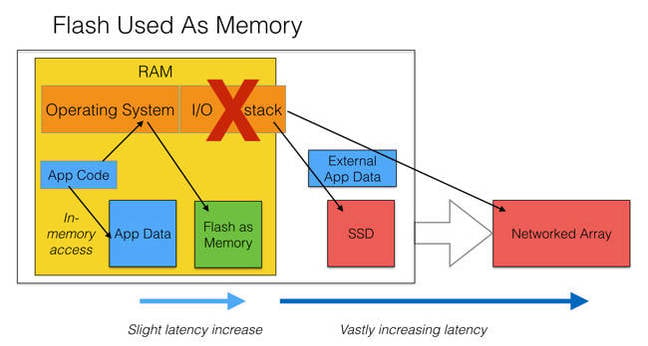The next release of our ONTAP operating system, CDOT 8.3.2, is expected to have several key features and is expected February-ish. 8.3.2RC2 is already out! Here’s what’s new:
1) Inline Dedupe: supported on All-flash and FlashPool enabled systems. This feature reduces the transactions to disk and reduces storage footprint by deduping in-memory.
a. Enabled on all-flash arrays by default
b. Uses 4k block size and stays deduped when replicated.
c. Syntax: volume efficiency modify -vserver NorthAmerica -volume /vol/ production-001 -inline-deduplication true
2) QOS (adjustable performance limit) is now supported on clusters up to 24 nodes (up from 8 nodes)!
3) Support for 3.84TB TLC SSDs. These huge flash drives have a lower cost per GB than smaller SSDs. They also require lower power consumption (85% less) and lower rack footprint (82% less RU) than a same-performance HDD array.
4) Static Adaptive Compression: in 8.3.1 we introduced a high-efficiency compression algorithm for inline compression. 8.3.2 gives you the ability to run this algorithm on an existing volume or dataset.
a. This is important for when you do a vol move from a system without inline compression enabled to one with it enabled, for example from a HDD FAS to an all-flash FAS.
5) Copy Free Transition: This feature allows you to shut down a 7-mode cluster and hook the disk shelves into a CDOT system. The data is converted to CDOT, vfilers are converted to vservers, and in a 2-8 hour window the entire 7 to C migration is complete.
6) Migrate a volume between vservers: the equivalent of vfiler move, this allows you to re-host a volume between vservers. This only works once, and only for volumes transitioned from 7-mode.
7) Inline Foreign LUN Import: Migrate FCP data by presenting the LUN at the NetApp controller, and NetApp then presents the LUN to the host. In the background, NetApp will copy the data over and then you can retire the old system and LUN. This is vendor-agnostic as of 8.3.1 and works for All-Flash FAS in 8.3.2.
8) SVM-DR MSID replication. SVM-DR allows you to replicate an entire vserver and all its configuration for a push-button disaster recover. MSID’s are the unique identifiers for volumes, and replicating them allows applications like VMware to accept the DR exports without re-mounting them, greatly shortening your RTO.
9) Audit Logging enhancements: records login failures and IP addresses of logins.
Read more at 8.3.2RC2 release notes: https://library.netapp.com/ecm/ecm_get_file/ECMLP2348067




